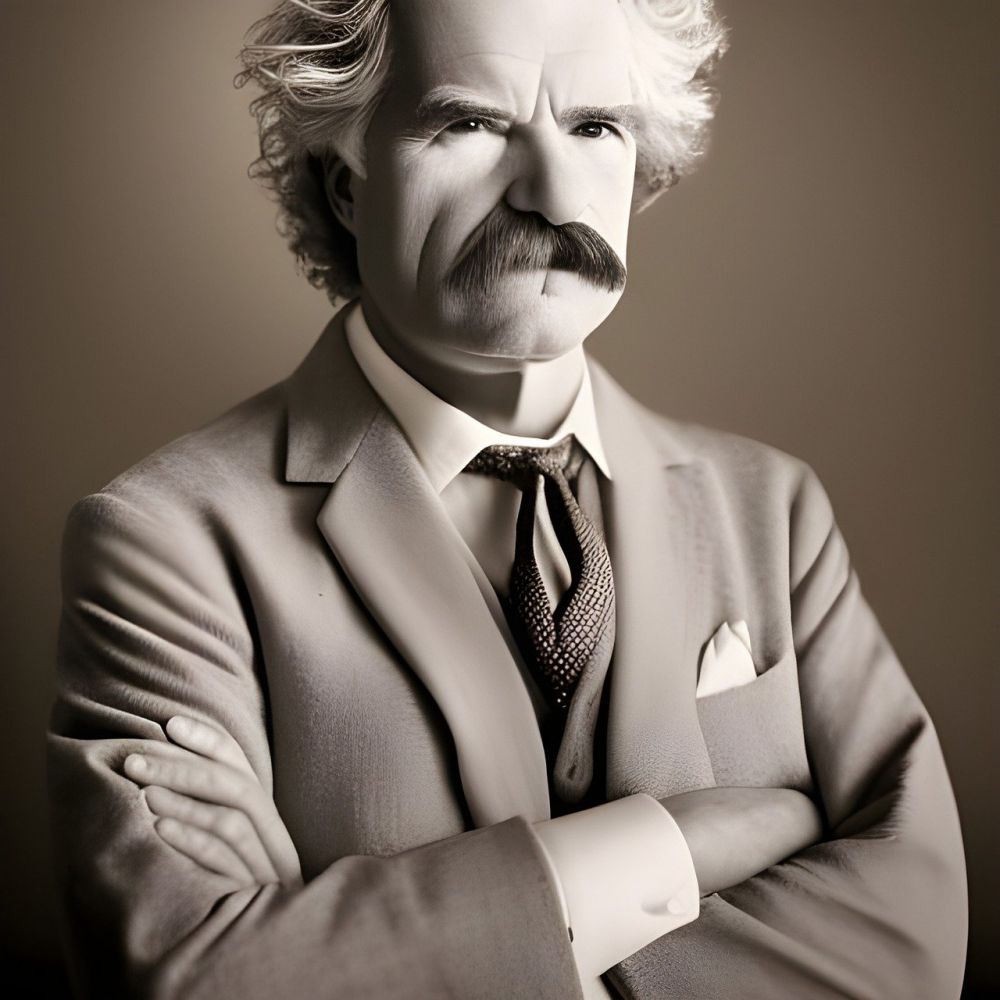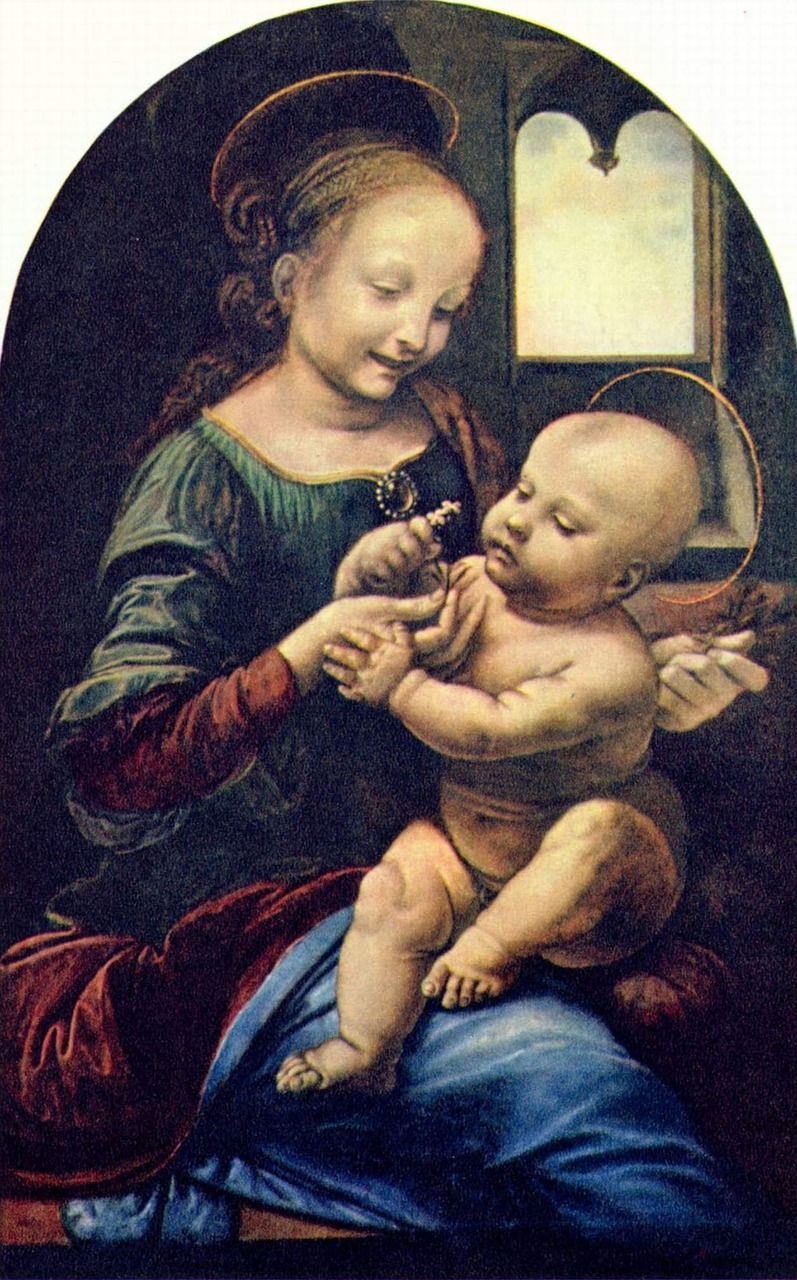Homer Simpson: The Beloved Icon of Pop Culture

Introduction
Homer Simpson, a fictional character created by Matt Groening, has become one of the most recognizable figures in popular culture. As the patriarch of the Simpson family, Homer has entertained audiences with his endearing and often hilarious antics for over three decades. This article delves into the life and evolution of Homer Simpson, providing valuable insights for those who are generally interested in this subject.
Who is Homer Simpson?

Homer Simpson is a middle-aged, beer-loving, donut-devouring, and perpetually lazy individual who resides in the fictional town of Springfield. He works at the nuclear power plant and often finds himself in absurd situations due to his impulsive nature and lack of intellect. Despite his flaws, Homer’s charm lies in his relatability and his unwavering love for his dysfunctional family.
Historical Journey of Homer Simpson
Homer Simpson made his debut on December 17, 1989, in the very first episode of “The Simpsons,” titled “Simpsons Roasting on an Open Fire.” Initially, the show faced skepticism, but it quickly gained a cult following and eventually became an iconic animated series. Over the years, Homer’s character has evolved, reflecting societal changes and addressing various cultural and political issues.
The Early Years
In the early seasons, Homer Simpson was depicted as a simple-minded, bumbling father figure. He often found himself in hilarious predicaments, but his love for his family was always evident. The show’s satirical take on modern life resonated with audiences, and Homer became an embodiment of the everyday struggles and triumphs of the working-class American.
Character Development
As the show progressed, Homer Simpson’s character became more nuanced, showcasing moments of vulnerability and personal growth. His relationship with his children, Bart, Lisa, and Maggie, deepened, and viewers witnessed his struggles as a flawed yet lovable father. Homer’s catchphrases, such as “D’oh!” and “Don’t!… Don’t!” became cultural touchstones, from everyday conversations to merchandise.
Social Commentary
“The Simpsons” used Homer as a vehicle to address important social and political issues, often through satire. The show tackled topics like environmentalism, censorship, religion, and even the role of the media. Homer’s portrayal as an average American allowed the show to offer commentary on contemporary issues without being overtly political.
Impact on Pop Culture
Homer Simpson’s influence on popular culture extends far beyond the confines of television. The character has been immortalized in merchandise, including action figures, video games, and even a critically acclaimed feature-length film. Homer’s face has appeared on countless items, from T-shirts to coffee mugs, making him a symbol of nostalgia and a beloved icon for collectors and art enthusiasts alike.
Conclusion
Homer Simpson has captured the hearts of millions around the world with his relatability, humor, and enduring spirit. From his humble beginnings in 1989 to his status as a cultural phenomenon, Homer’s journey has stood the test of time. As an iconic figure in popular culture, his influence continues to shape comedy and satire in the modern era.
Incorporating a mix of comedic genius, social commentary, and relatable qualities, Homer Simpson has left an indelible mark on the world of entertainment. Whether you’re a longtime fan or new to the series, Homer’s adventures are sure to bring laughter and introspection, making him a timeless character that will be cherished for generations to come.





